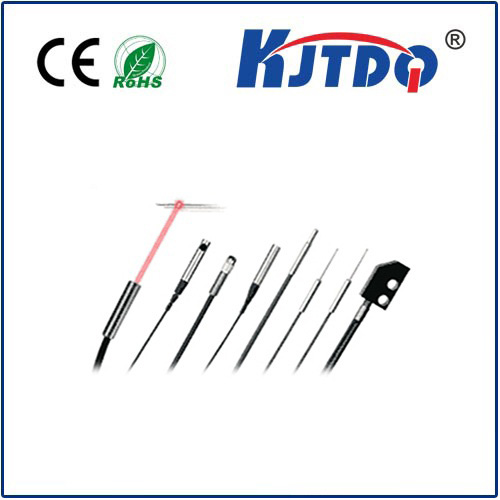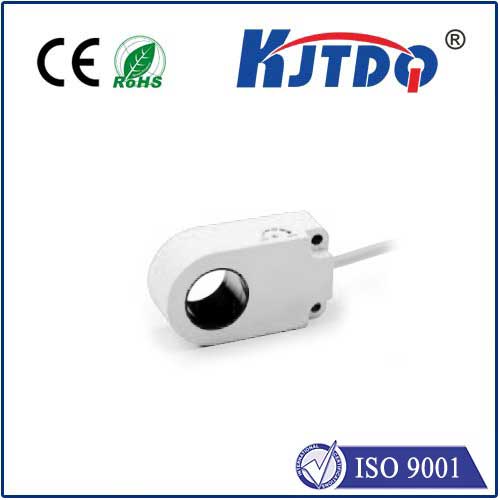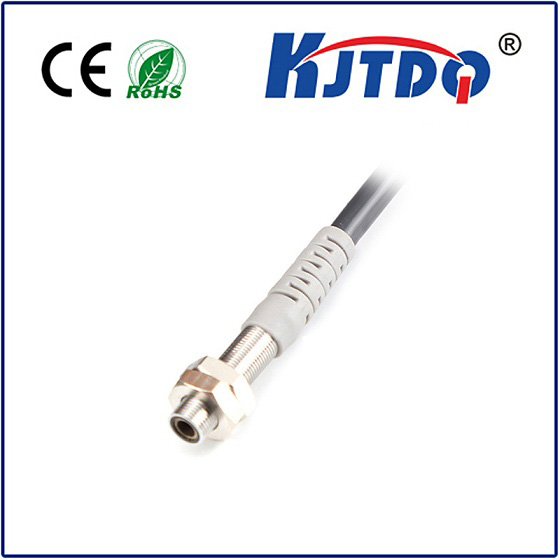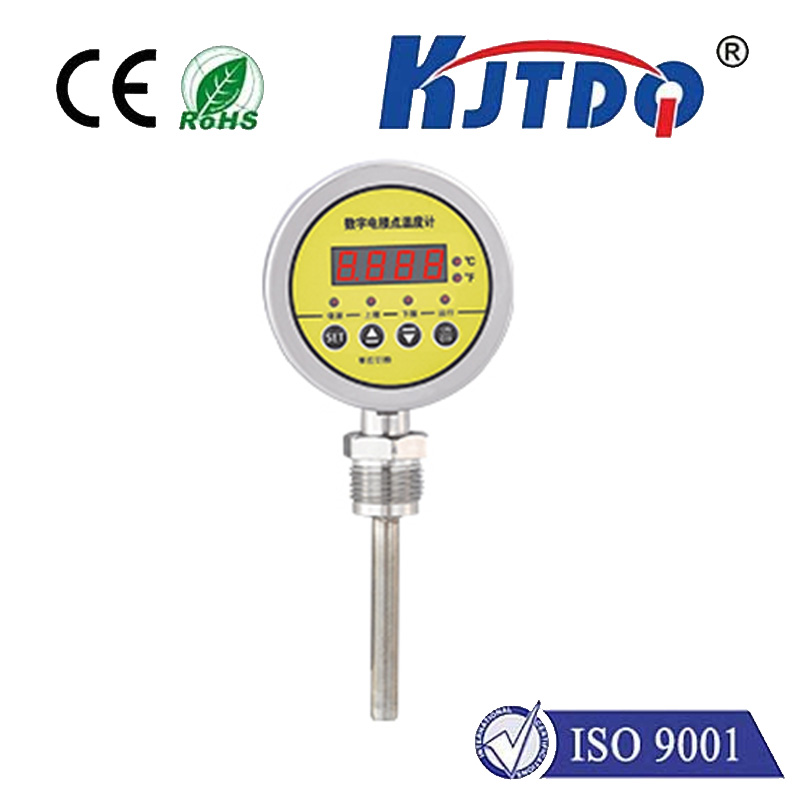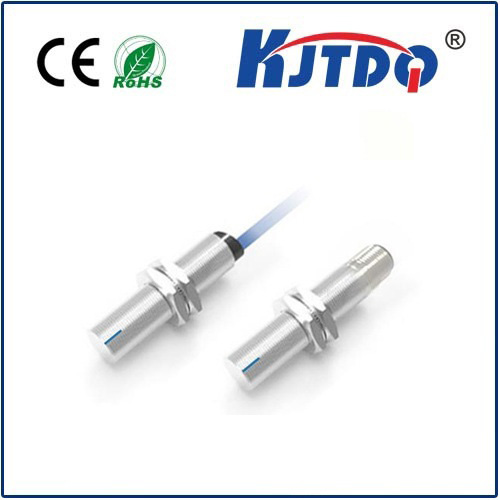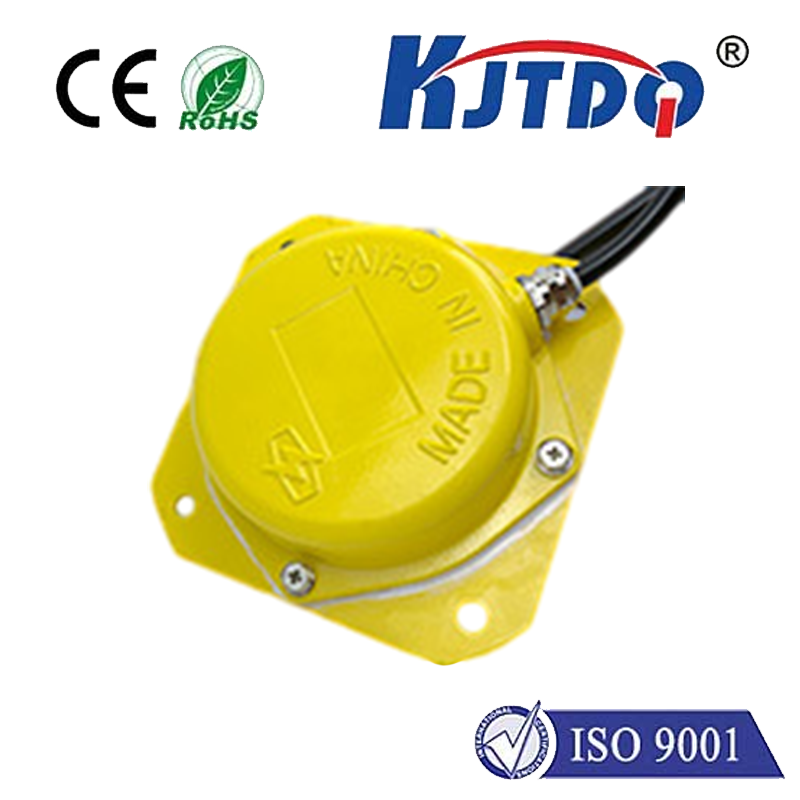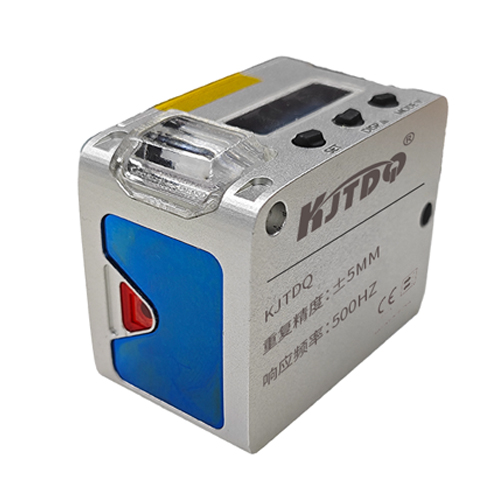ir proximity
- time:2025-06-19 00:18:10
- Click:0
The Invisible Guardian: How IR Proximity Sensing Powers Modern Interactions
Have you ever noticed your smartphone screen turning off when you hold it to your ear during a call? Or marveled at how robotic vacuum cleaners seem to magically avoid bumping into furniture? Or seen elevator doors reopen safely when someone steps forward? These everyday conveniences, often taken for granted, rely on a remarkably simple yet sophisticated principle: Infrared (IR) Proximity Sensing. This ubiquitous technology acts as an invisible guardian, enabling devices to perceive their immediate surroundings without physical contact, fundamentally changing how we interact with machines and how machines navigate the world.
Decoding the Invisible Signal: What is IR Proximity?
At its core, an IR proximity system functions by detecting the presence or absence of nearby objects within a specific range. It operates using light waves slightly longer than those visible to the human eye – the infrared spectrum. Here’s the essential working principle:
- Emission: A specialized infrared LED (Light Emitting Diode) emits pulses of IR light, typically at a frequency invisible to us.
- Reflection: If an object is present within the sensor’s effective range, this IR light beam strikes the object’s surface and reflects back towards the sensor.
- Detection: A sensitive photodiode or phototransistor, tuned to the same IR wavelength, is positioned close to the emitter. It detects the intensity of the reflected IR light.
- Interpretation: An integrated circuit analyzes the strength of the reflected signal received by the detector. A stronger reflected signal typically indicates an object is close, while a weaker or absent signal suggests no object is present within the detection zone. This digital or analog output signal is then used by the device’s main controller to trigger a specific action.
The Building Blocks: Inside an IR Proximity Sensor

Modern IR proximity sensors, often packaged as compact modules, incorporate several key elements:
- IR Emitter: Generates the modulated IR light beam. Efficiency and precise wavelength emission are critical.
- IR Detector: Converts the reflected IR light back into an electrical signal. Sensitivity and rejection of ambient light are vital characteristics.
- Optics: Lenses or apertures often shape the emitted beam and define the field-of-view for the detector, controlling the detection range and pattern.
- Signal Processing Circuitry: This is the brain. It powers the emitter, amplifies the weak signal from the detector, filters out noise (especially common ambient IR from sunlight or artificial lights), and determines the proximity state based on the reflected intensity. Modern sensors employ sophisticated algorithms for reliable operation in varying conditions.
Where the Invisible Guardian Works: Pervasive Applications
The non-contact nature, reliability, low cost, and relatively simple integration of IR proximity technology have led to its widespread adoption:
- Smartphones & Tablets: The quintessential example. An IR proximity sensor detects when the phone is held near the ear during a call, automatically turning off the display to save power and prevent accidental touch inputs. It also plays roles in auto-brightness adjustment sometimes.
- Consumer Electronics: Found in TVs, monitors, and laptops to detect user presence for features like auto-wake or power-saving standby modes when no one is in front of the device.
- Automation & Robotics: Essential for collision avoidance in robotic vacuums, drones, and manufacturing robots. Provides simple object detection for sorting systems, conveyor lines, and safety interlocks. Proximity sensing is fundamental for automated interaction.
- Touchless Interfaces: Enables gesture control in devices like faucets, soap dispensers, hand dryers, and some interactive displays, promoting hygiene and convenience. Detecting a hand wave replaces the need for physical buttons.
- Industrial Systems: Used for object counting, level detection in bins or tanks (for non-liquids), part positioning on assembly lines, and verifying the presence of components.
- Security Systems: Can be part of motion detectors or act as simple triggers for alarms when an object breaches a specific invisible boundary.
- Automotive: Integrated into driver monitoring systems (DMS) to detect if the driver’s head is turned away or in a position indicating drowsiness. Also used in some interior lighting or infotainment controls.
Why Choose IR Proximity? Key Advantages
Several factors contribute to the enduring popularity of infrared proximity sensing:
- Non-Contact Detection: Eliminates the need for physical touch or mechanical switches, reducing wear and tear.
- Compact Size & Low Profile: Sensor modules can be made extremely small, ideal for space-constrained devices like smartphones.
- Low Power Consumption: Especially when using pulsed IR light, it’s very energy-efficient, crucial for battery-operated devices.
- Cost-Effectiveness: Components and manufacturing processes are mature, making IR proximity sensors very affordable.
- Reliability: With proper design to handle ambient light, they offer robust performance in many environments.
- Fast Response Time: Detection happens almost instantaneously.
Understanding the Limits: Considerations for IR Proximity
While incredibly useful, IR proximity sensing isn’t a universal solution:
- Material Dependence: The technology works best with objects that reflect IR light well. Dark, matte, or highly absorbent materials (like certain black plastics or fabrics) reflect very little IR, making them hard to detect reliably.
- Ambient IR Light Interference: Strong sources of IR radiation, such as direct sunlight or incandescent/halogen bulbs, can flood the detector, causing false readings or reduced sensitivity. Advanced filtering techniques are essential.
- Limited Range & Precision: Typically effective over short distances (centimeters to a few meters, depending on design) and provides primarily presence/absence or coarse distance information, unlike time-of-flight sensors which offer more precise distance measurement.
- Environmental Factors: Dust, smoke, or fog can scatter the IR beam, potentially interfering with detection.
The Road Ahead: Evolving Capabilities
IR proximity sensing remains a cornerstone of simple, effective object detection. While newer technologies like LiDAR and advanced Time-of-Flight (ToF) sensors offer greater precision and range for high-end applications, the fundamental IR proximity principle continues to evolve. Integration with other sensors (multisensor fusion), improvements in ambient light rejection, and miniaturization push the boundaries. As the demand for intuitive human-machine interaction and smarter automation grows, this invisible guardian will undoubtedly remain a vital tool, silently enhancing functionality, safety, and user experience across countless devices and systems, proving that sometimes the most powerful technologies are the ones you never see.







